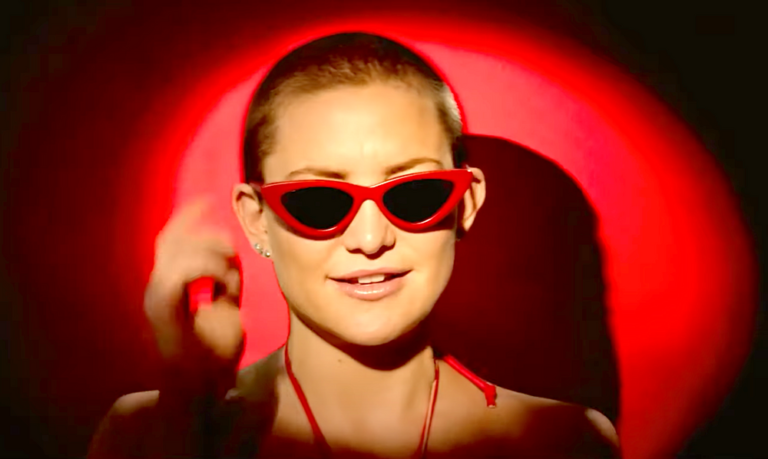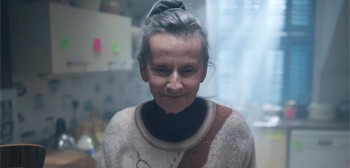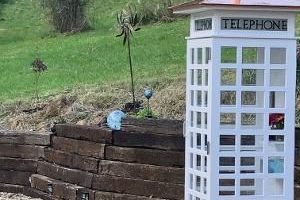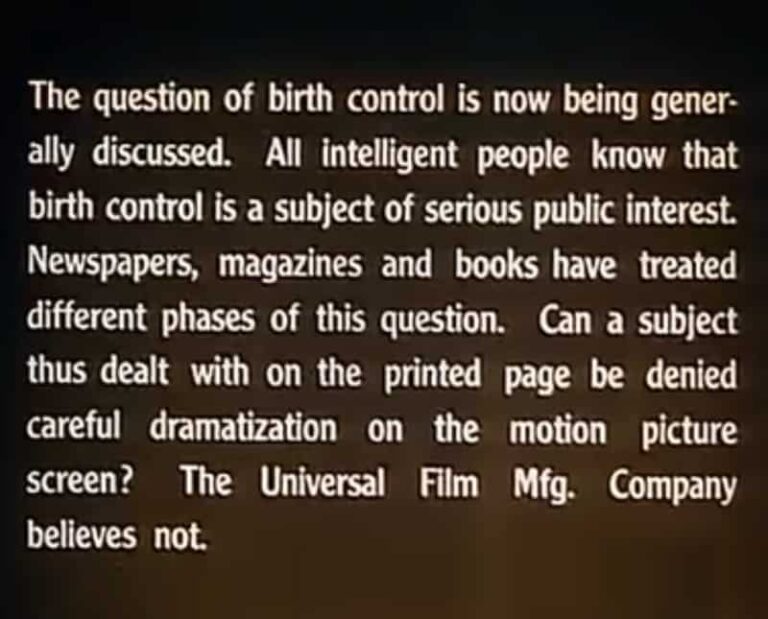‘Cloverfield,’ ‘Trollhunter,’ and the Birth of the Found Footage Monster Movie
A found-footage monster movie seems like an oxymoron. Found footage horror is first-person storytelling created with almost no budget and is meant to be unpolished. Monster movies, on the other hand, are large-scale productions with millions of dollars behind them to construct elaborate and terrifying creatures. These subgenres seemed virtually incompatible. But then came two cinematic anomalies in the late aughts: Cloverfield (2008) and Trollhunter (2010).
These two movies are walking contradictions, but very important ones that show the melding of disparate types of horror into something that provides a new perspective on the fear experienced by regular people during a massive monster attack. Kaiju films like Godzilla and Pacific Rim typically focus on viewing the monster in all of its glory from above, with the camera able to capture the full scale of destruction. But, in adopting found-footage aesthetics on larger-than-life stories, CGI creations become even more terrifying as they are viewed up close and from the ground, rather than through a TV screen in a secluded office building. The tricky part is finding a balance when showing that creation from a single human perspective; filmmakers have to get creative to make sure these works of CGI are worth the money.
Cloverfield, directed by Matt Reeves and produced by J.J. Abrams, utilizes the sheer height of New York City’s skyline, as well as its maze of subway tunnels, to play with scale and find creative ways to establish just how big this monster is through a first-person perspective. The film starts off at a going-away party for Rob (Michael Stahl-David), thrown by his brother Jason (Mike Vogel) and his girlfriend Lily (Jessica Lucas). As they drink to Rob’s new adventures, the apartment begins to shake and partygoers run to the roof to see what happened. There, with this heightened view of the city, the party is able to see that there has been some type of explosion, which is eventually revealed to be a monster that has burst out of the East River. With a camera in hand, Rob, Jason, Lily, and their friends Hud (T.J. Miller), Beth (Odette Annable), and Marlena (Lizzy Caplan) run across the city to find an escape.
The actual full size and shape of the monster is barely seen, and it is shown through grainy news footage taped from a TV screen; the group only views glimpses of limbs between skyscrapers. But despite the lack of a full visual on the monster’s body itself, its presence is always felt. Reeves plays with the concept of size through more than just showing the object of fear. The best example is when the creature throws the head of the Statue of Liberty across New York City like it’s a baseball. The destruction of such an iconic object and the ease with which the head is thrown quickly establishes, without the film’s audience seeing the creature, that it is big, it is mean, and it is strong.
Then, after an entire film of hiding the monster in shadow, the camera confronts it face to face as the camera operator, Hud, stands right underneath it and looks straight up. There are no limbs hiding behind buildings or clouds of dust obscuring its body. All that the camera can see is the sheer size of the monster. As it leans down to eat its next human meal, its face comes crashing towards the lens, putting the viewer as close as possible to this creature. As its mouth opens and the camera follows its unfortunate operator, the shot mimics the feeling of being a tiny helpless piece of prey. Previous monster movies are able to portray this scale, yes, but few are able to provide that viscerally terrifying shock of feeling like one is about to be consumed.
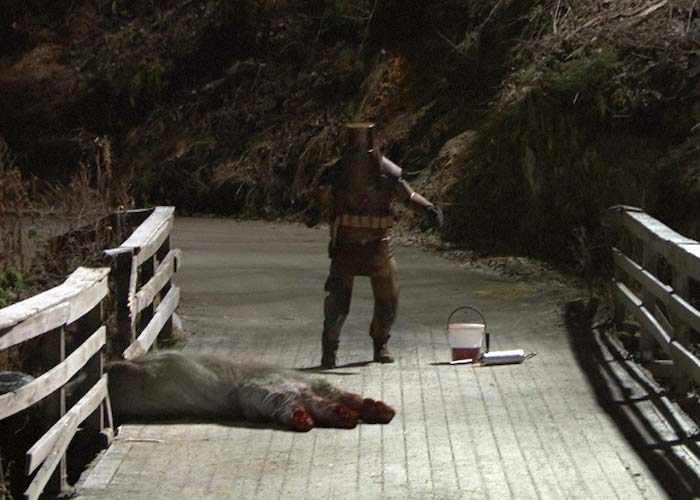
While Cloverfield has tall buildings for scale, André Øvredal’s Trollhunter turns to nature to establish scale, using both tall trees and barren fields to create his taxonomy of trolls that roam across Norway. In their attempts to find answers about bear poaching, three college filmmakers stumble across the government conspiracy to hide the existence of trolls. With this discovery, they follow troll hunter Hans (Otto Jespersen) as he fights creatures of all sizes, types, and appetites, from one with three-heads to another that stands at a massive three-hundred-feet tall.
In moving from the city into the forest, Øvredal goes back to found footage’s roots: the plot of Trollhunter just follows some amateur filmmakers trying to make a movie with no money. Yet, instead of unseen witches or whispering ghosts, here trolls crash out of the trees and into the camera’s view. There is no debate of whether there was something spooky in the woods. The monster, therefore the threat, is made obvious and all the more terrifying.
Øvredal also uses the idea of a government conspiracy to make the idea of trolls all over the Norweigan countryside feel even slightly plausible. While both Cloverfield and Trollhunter play with the aesthetics of what the viewer believes to be true, Øvredal builds a more complex history of lies on the part of Norweigan leadership as Hans is a member of a secret group called the Troll Security Service, which is dedicated to protecting populated areas from these beasts. It is an outlandish concept that on the surface seems laughable. But the adoption of the found-footage aesthetic shifts the film from being a goofy creature feature into something quite scary as the film viewer watches a troll come barreling towards them in the middle of the night. Handheld cameras and shaky night-vision lend an air of authenticity to Trollhunter, which, even briefly, makes the existence of monsters seem possible.
Unfortunately, this combination of found footage and massive monsters, for now, has been a flash in the pan. Cloverfield and Trollhunter are unique in their experimentation with form and genre, and while critically successful, such an approach to horror has not been picked up by studios with access to large budgets.
However, born from these two films is a hybrid approach to found footage and monsters seen in such films as Hideaki Anno’s Shin Godzilla (2014). The apparatus of the camera isn’t meant to be fully acknowledged, and much of the action unfolds as bureaucrats argue at conference tables while Godzilla is shown in all of its destructive glory from an aerial perspective. But, there are a few quick instances where the camera takes the perspective of a nameless citizen filming their escape from the city’s ruins, pointing their cell phone camera straight up at the creature knocking buildings over like wooden blocks. These brief found-footage interludes add a harrowing layer of reality to the film, similar to what is seen in Cloverfield. The film’s viewer takes the place of the camera operator and is looking up at the monster as if they are also the one running away from its massive feet.
Cloverfield and Trollhunter show that there are ways to navigate utilizing the first-person perspective while also creating a highly detailed and terrifying monster. These films more closely emulate the feeling of being on the ground facing something so massive, which in turn creates a new kind of fear as the film viewer faces the sobering reality that humanity is that small and fragile. Found footage isn’t just about a guy running through the woods with no camera stabilizer. It’s about finessing the idea of truth-telling.
